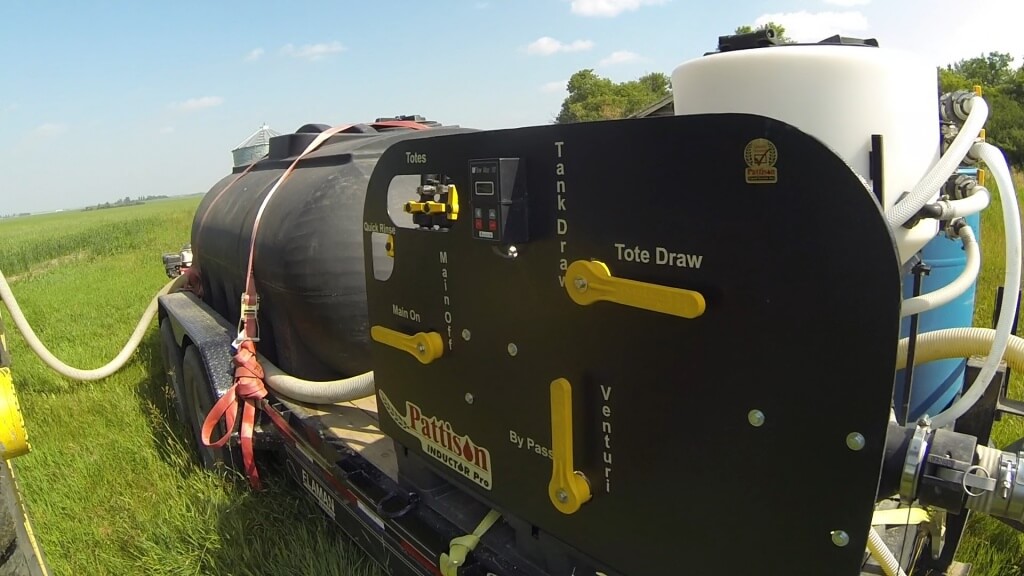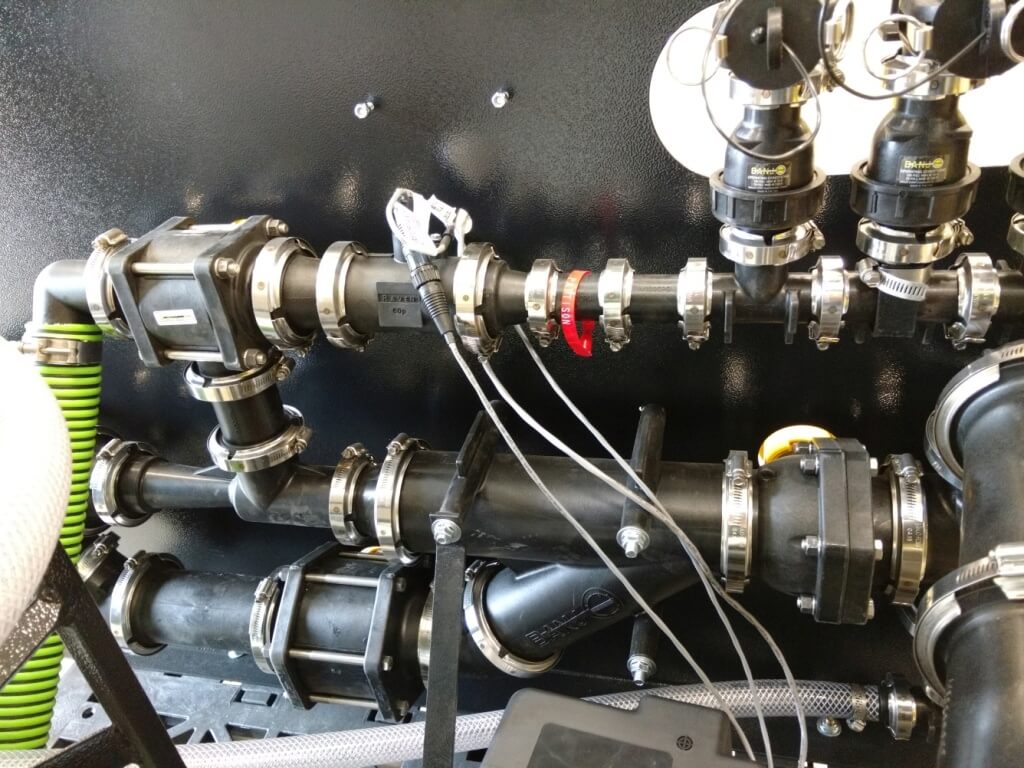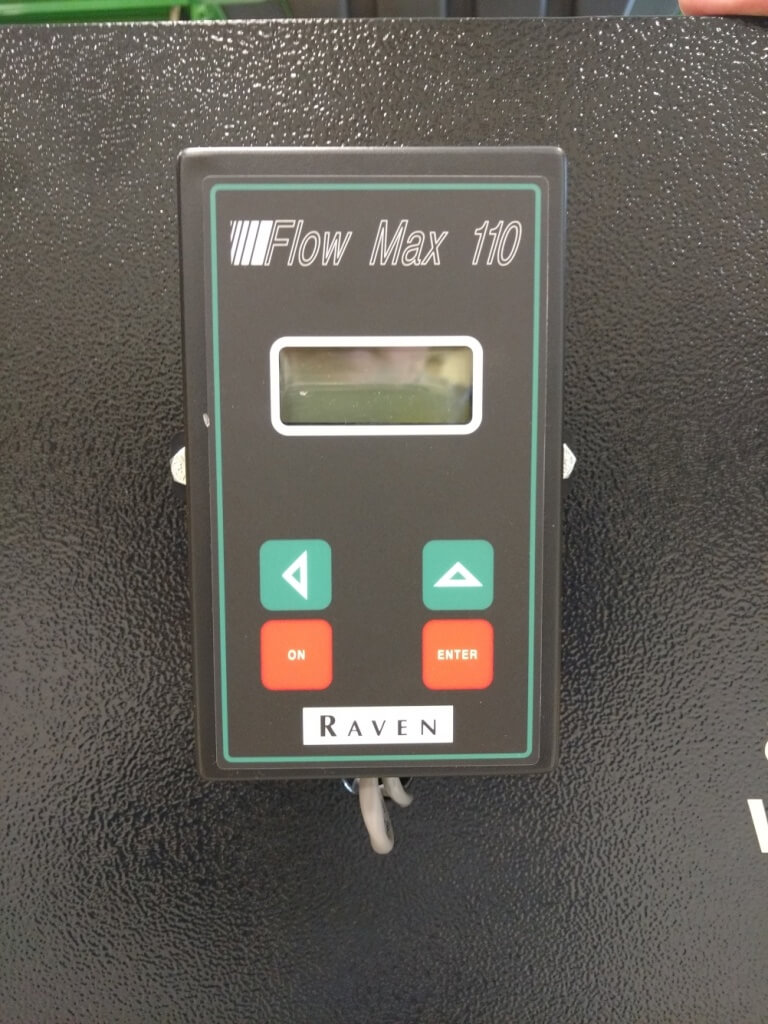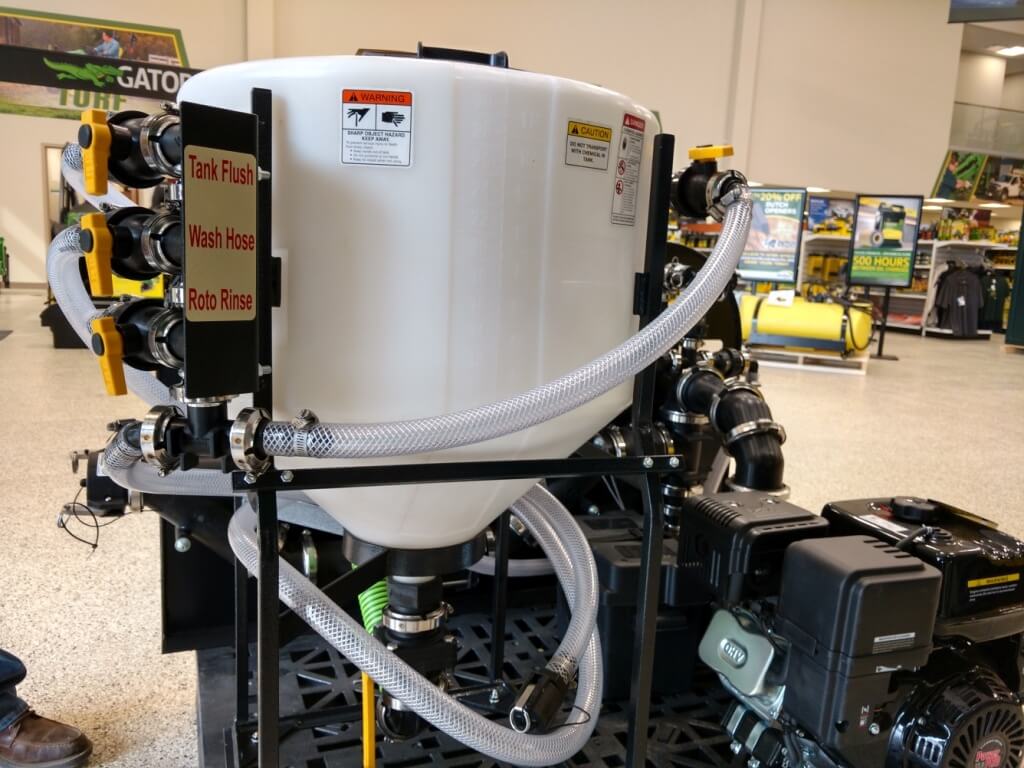One of our recent posts highlighted some great producer designed tender systems for the sprayer. We posted four submissions, and are continuing the series with new submissions in this post.
Our fifth submission comes from the folks at Pattison Liquid Systems of Lemberg, Saskatchewan
I recently saw Phil Lingelbach of Pattison at a sprayer clinic. Pattison has been designing and building transfer systems for years, and have valuable experience to share.
I asked Phil and John Young these questions about transfer system designs:
- Why is filling faster important? How does it reduce your operating cost?
“Idle time costs money. Consider that trade in cost of an average high-clearance sprayer is approximately $185/hr on the meter. So 100 hours of idle time per year is costing nearly $20,000 in reduced trade-in value.
We also need to maximize “best spray condition” time. We know that application timing is critical to success, and need to take advantage of good weather conditions. Spraying under marginal conditions reduces the chance of good pesticide performance.
Efficient filling can also reduce labour costs, this is a “snowball number”. Every unnecessary hour spent spraying could be used to do something more productive, in essence a wasted hour costs you two.”
- When designing a transfer system, what are the key considerations that separate a good from a bad system?
“Make sure that the water pumps pushes water to the inductor system. Do not use a water pump to pump chemical. Contamination is a huge issue with this.
Keep your transfer system away from the rear of an open deck to minimize dust exposure.

A good transfer system will be easy to clean and very user friendly, valves separated and clearly marked.
Get the biggest, fastest pump available. Loading water after the chemical is in is key.
Make it simple to operate, there is lots of hired help on the farm.
Design it to keep operator from being exposed to chemical. Keep trip hazards to a minimum.
Include fast product induction. There is no point filling water quickly and having to wait on a slow product pump.”

- You mentioned the speed of filling product. What flow meters are most accurate and reliable?
“The Banjo Mag meters and the Raven FloMax 110 (combined with the 60P) and 221 are the most accurate that we have available, the Banjo is limited to non-petroleum based products though.

Both the Raven 60P and Flomax 221 are turbine style meters, to be used with all ag chemicals, – 2” models.
Banjo Mag meters should only be used with water based products – this meter is the best for measuring water when filling, comes in a 3” model.”
- What are the best ways to clean a transfer system?
“The best way to clean your jug rinse tank is THOROUGHLY!! There is no such thing as overkill when it comes to cleaning this tank, we use a tank that has no bulkhead (total drain, no bulkhead for product to get hung up on) in the drain, a rinser designed for an 800 gallon tank, and very minimal fittings for chemical to get hung up on.
Use lots of water, when you think it’s clean, rinse it one more time!!
All our inductor systems come with a quick attach clean water rinse system, that allows the operator to flush the complete metering/inductor system.”

- What is usually the limiting factor when trying to fill a sprayer faster?
“Hose size, pump size, venturi efficiency, and planning are most critical. Consider your needs – a system should be designed specifically to the needs of the operator.”
- Do you need more than one inductor to handle multiple products in time?
“Usually one will be sufficient so long as the suction line is of sufficient size and length.
Our inductor systems are configured to handle more than one bulk product at one time. With just the turn of a valve you can switch from metering one product to another, or quickly change from metering a bulk product to handling jugs.”